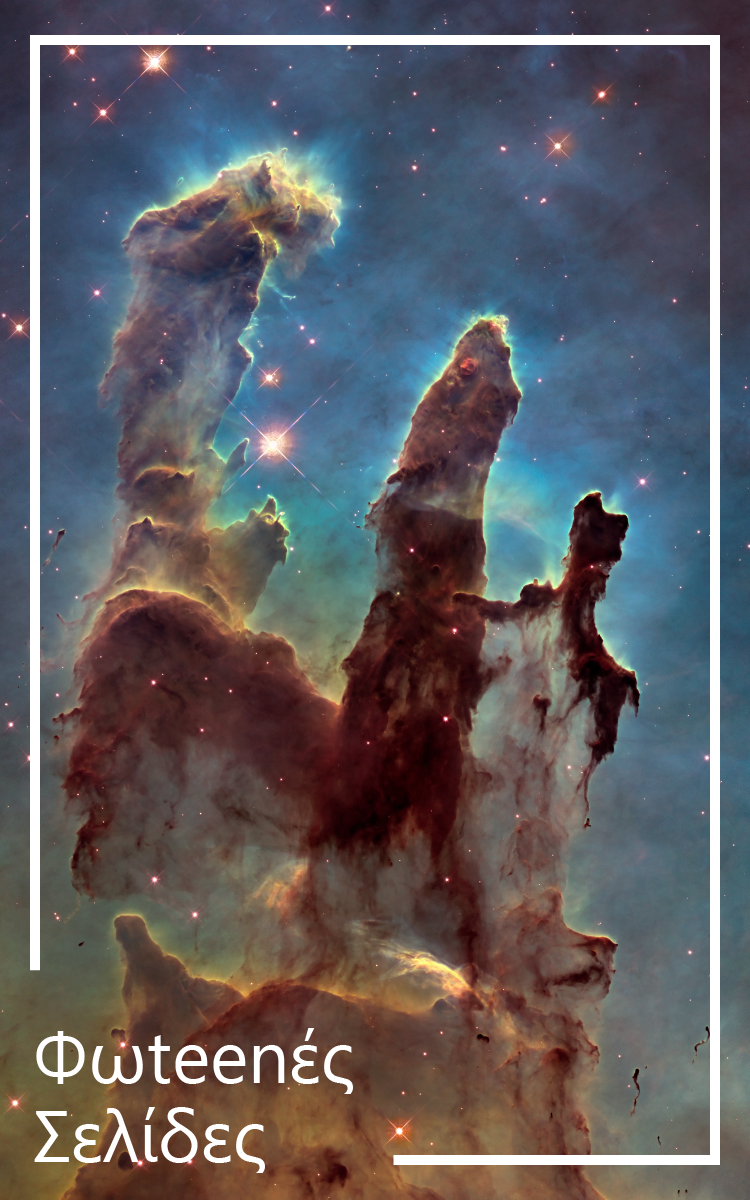της Σοφίας Λαμπροπούλου, μαθήτρια της Β΄τάξης Στη μέση της σχολικής περιόδου ένας πατέρας αποφασίζει να πάει στο γυμνάσιο να ρωτήσει […]
The universeΤου Αντώνη Καπετάνιου μαθητή της Β τάξης You have heard the word universe in TV shows and radio broadcasts many times, but have you ever wondered what the universe really is? Well the answer lies here, it is pretty much everything. To be more specific the universe contains all matter, energy, planets, stars and galaxies. And for many here the question arises: “How was the universe created?”. Even astronomers and astrophysicists have difficulty in explaining this. Most of them claim that around 14 billion years ago the universe was condensed in an extremely small point and the next moment the biggest explosion in the history of the universe happened. At a temperature of approximately 5.5 billion degrees Celsius, there was no matter, just huge amounts of energy. Nevertheless, the cosmos as we know it today began to develop gradually. After this explosion, the universe started cooling and matter was formed. It was dark, there was no light. It started shining about 380,000 years after the Bing Bang. And that was when it started taking its current form. Earth: The Blue Planet As we all know, Earth is a planet. Planets are huge astronomical objects which have a round shape. Also they orbit around a star or a stellar remnant. Earth was formed 4,54 billion years ago. The most amazing fact about Earth is that it meets the requirements in order to be able to host life as we know it. Its right distance from the sun, its climate and water are the most important specifications that are required for life to develop. Moreover, 70% of earth’s surface is covered by oceans (this is the reason why it is called the blue planet). Last but not least, it has a nickel-iron core which provide a magnetic field. This magnetic field protects life from solar winds which can be harmful. The Sun It is common knowledge the fact that without the sun there wouldn’t be life on earth. The sun is a star, but what exactly is a star? Well, it is a large sphere of gas that emits huge amounts of heat, radiation and energy. The main difference between stars and planets is their size. Although both stars and planets in the very beginning of their life are hot spheres, what defines whether this object is going to be a star or a planet is its size. Stars are larger than planets. Because of their mass it is impossible to cool down and for this reason they remain hot and shinny for the rest of their life. Stars begin to form when a disturbance, such as a shock wave by a nearby supernova (an exploding star), causes gas clouds to collapse. Then the gas heats up until it turns to plasma. However, this cool interstellar gas needs about 10 million years to gather, heat up and eventually transform into a star. There is a large variety in the size and color of the stars. In particular, the cooler stars give off a reddish color and the warmer ones a bluish color. In addition smaller red stars (called red dwarfs) such as Proxima Centauri, use less energy and “live” longer, about 10 trillion years. On the other hand, bigger blue stars (called blue super giants) such as Rigel use the most energy, emit large amounts of radiation and die out much faster than the other stars. Our star, the sun, is a yellow dwarf. It has a diameter of approximately 1,392,684 kilometers and was formed about 4.57 billion years ago and it has about 5 billion years to go. […] |
|









